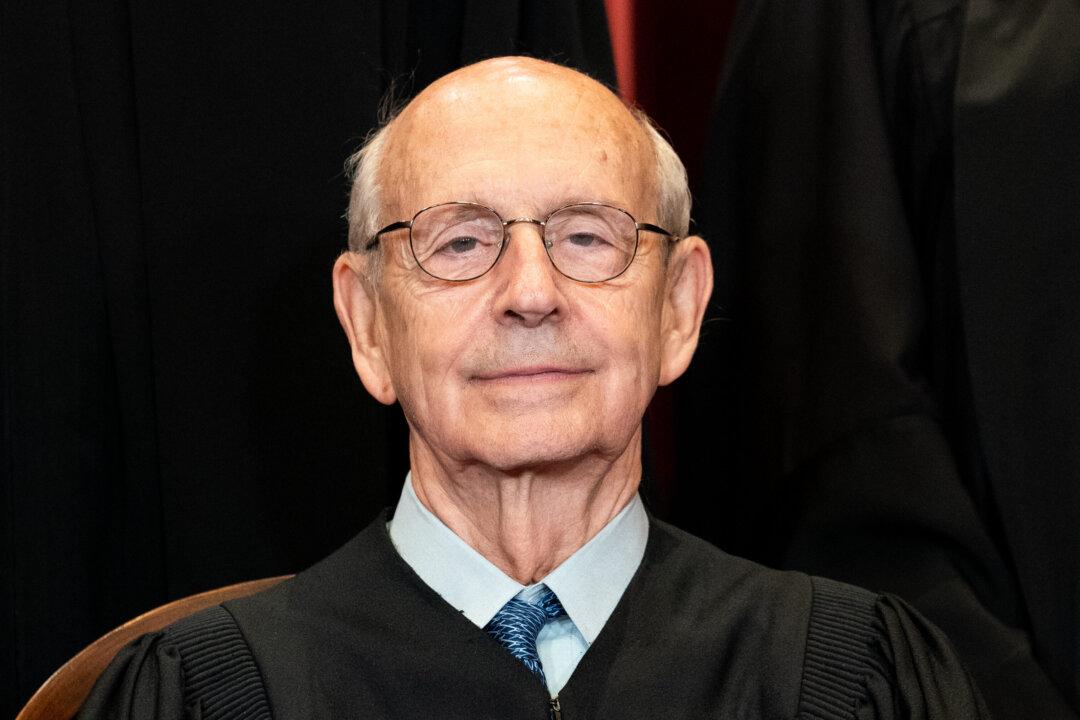News Analysis
Supreme Court Justice Stephen Breyer has recently been urged by progressives to retire early from the bench, preferably sooner rather than later, to get another adherent of the living constitution theory onto the bench.

Supreme Court Justice Stephen Breyer has recently been urged by progressives to retire early from the bench, preferably sooner rather than later, to get another adherent of the living constitution theory onto the bench.